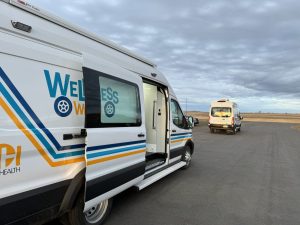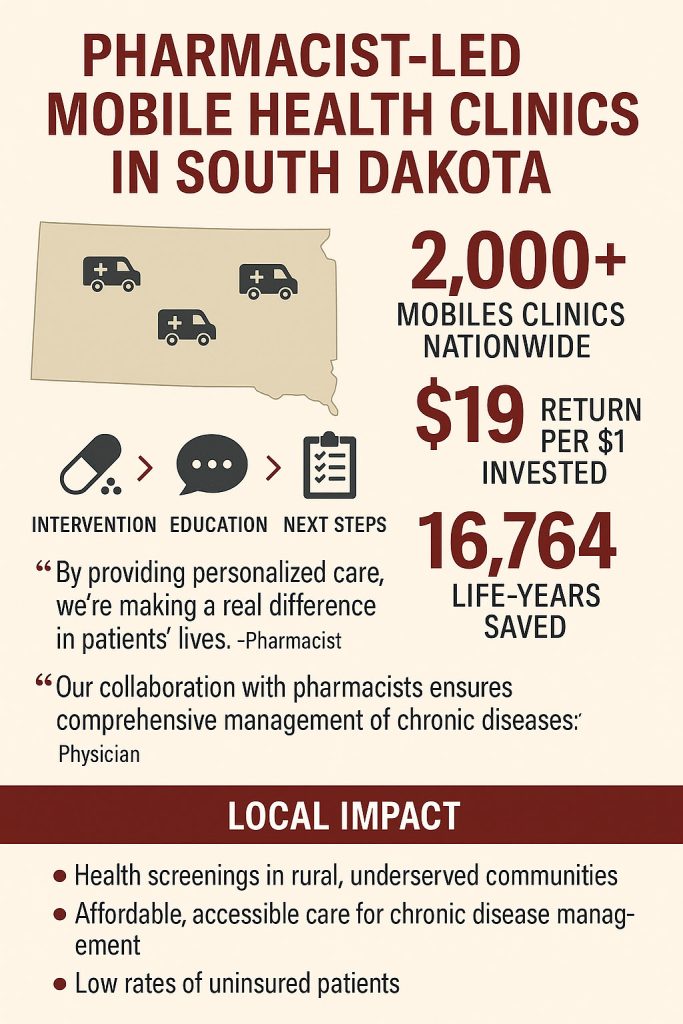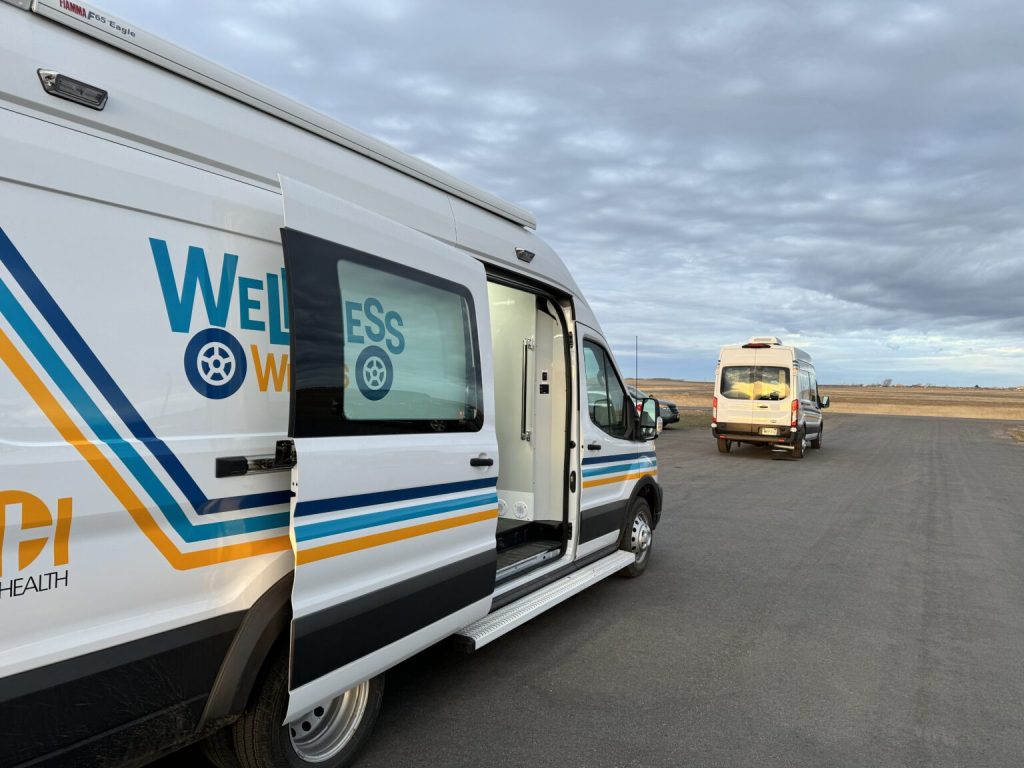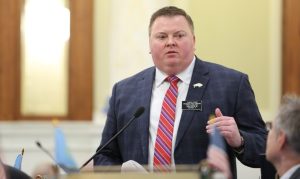
PIERRE, S.D. – In the rolling prairies and small towns of South Dakota, access to health care remains a stubborn challenge. For many rural residents, the nearest clinic can be hours away, and the cost of care is often out of reach. But a new wave of pharmacist-driven mobile health clinics is working to close those gaps, bringing essential services directly to communities that need them most.
“Increasing access to care is one of the main purposes of our program,” said a participant in a recent study of pharmacist-led mobile clinics. “We work to fill unmet needs and gaps in the existing care landscape faced by our target communities.”
Why It Matters
South Dakota’s rural and underserved populations face some of the highest barriers to health care in the nation. According to a 2022 survey, 28 percent of adults nationwide delayed care due to cost, and 61 percent of uninsured individuals skipped care altogether. In South Dakota, where hospital closures and provider shortages are common, these numbers hit even harder.
Mobile health clinics (MHCs) have become a lifeline. There are now more than 2,000 MHCs operating across the United States, with a growing number led by pharmacists. These clinics offer everything from blood pressure checks and diabetes screenings to medication management and vaccinations—often at no cost to patients.

How It Works
Pharmacist-driven MHCs in South Dakota typically operate with a small core staff and a large volunteer base, often drawing on university students and local health professionals. The clinics use a three-step workflow: intervention, education, and patient next steps.
· Intervention: Patients receive screenings for chronic diseases, medication reviews, and sometimes primary or specialty care.
· Education: Pharmacists and volunteers provide tailored education on medication use, disease management, and healthy behaviors.
· Next Steps: Patients are connected to local health systems or given follow-up appointments, ensuring continuity of care.
“Different patients are going to have vastly different needs, so… I would say, meeting the patient where they need and filling and fulfilling as many roles as possible, as practical that we’re able to do,” said one clinic leader.
Local Impact
Many of these clinics are affiliated with South Dakota State University and supported by grants from the South Dakota Department of Health. They serve both urban and rural areas, but the focus is on reaching those who fall through the cracks of the traditional health system.
“Our clinics are intentionally in the evening and on Saturdays, because working the nine-to-five type of job might not allow them to seek healthcare in any other way,” said a program coordinator.
The clinics also adapt to the unique needs of each community, using local health assessments and direct conversations to shape their services. In one case, a mobile screening event identified a patient with a dangerous heart arrhythmia who was sent directly to the hospital—a potentially life-saving intervention.
The Bottom Line
Pharmacist-driven mobile health clinics are not a replacement for traditional care, but they are a critical bridge for South Dakotans facing barriers of distance, cost, and trust. By meeting people where they are, these clinics are helping to build healthier communities—one mile at a time.





